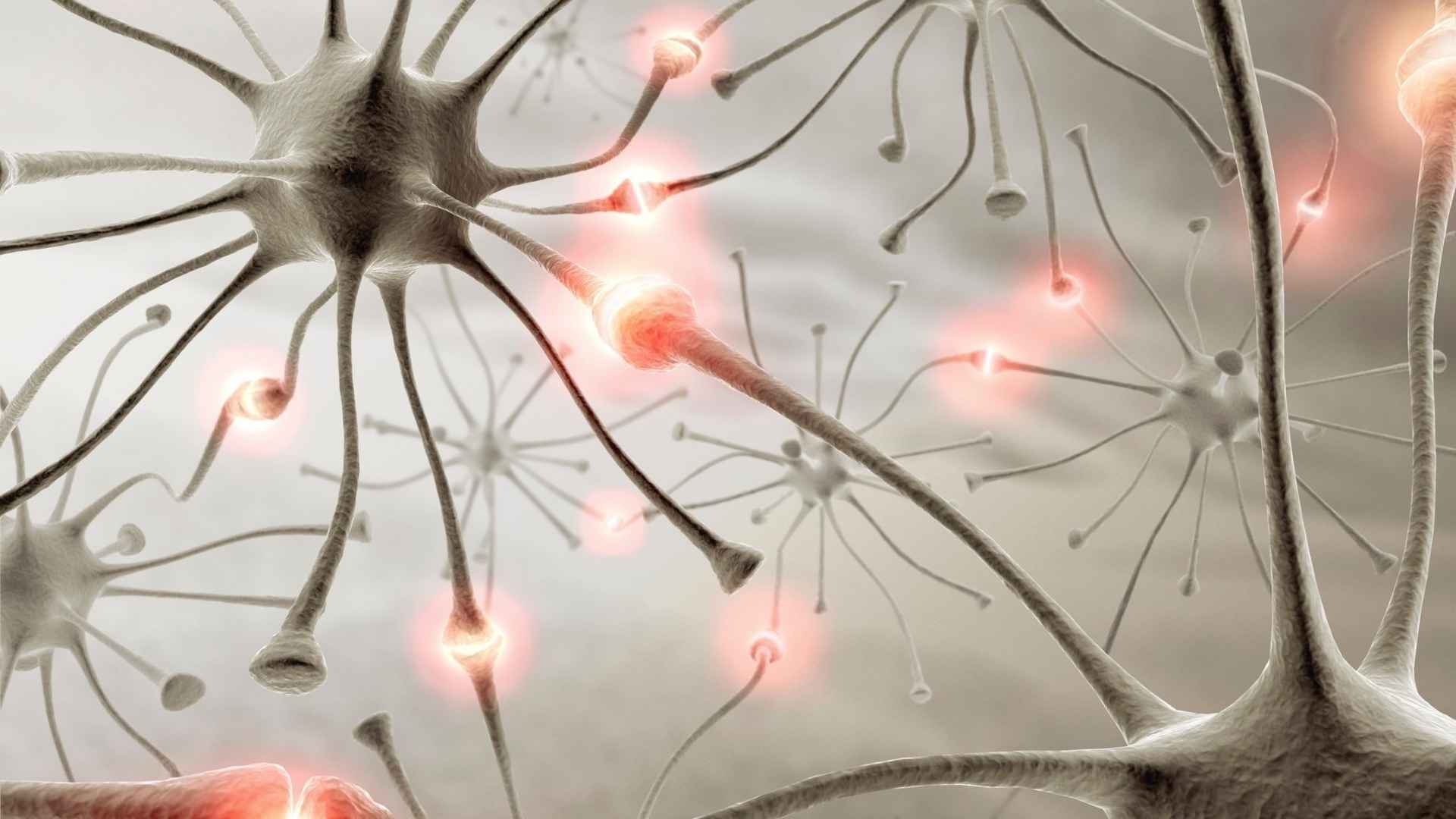Take a moment to think about a pile of words.
Imagine a pile of words on the floor to your left. Then consider those words being as follows: winter, miserable, cold, sleet, hail, shivering, damp. Okay? Done it? Now if those words were to be a colour, what colour would they be do you imagine?
Now imagine another pile of words but to your right. In this pile imagine words such as smiling, summer, beach, happiness, energy, colourful. Now, what colour do you imagine these words would be?
Possibly the words on the left are a duller colour to the words on the right? Which pile do you prefer? We reckon the words on the right may have turned out to be lighter or brighter?
What we sometimes take for granted is the power of words. In certain situations, words can provide a catalyst for change. Not just at an intellectual level, but from the sensory perceptive level too. Many people will have painted the negative words with a negative colour. So, you can imagine what effect those words have on the brain, especially if we play them through our minds repeatedly. They could change the way we colour our lives.
Focus on the positive
If you choose to focus on something POSITIVE, whether it’s a word or an image, you start retraining your brain to automatically lean towards the POSITIVE!
It’s rather like thinking about the first record you ever bought – remember that? If you really start to think about it, you might tap into the sounds of that record or where you were when you bought it? The thought process will then probably lead you down a negative or positive track in your mind which will have an effect on the chemicals in your brain. Either increasing positive chemicals such as serotonin and dopamine or, if the thought process turns out to be negative, then it’ll increase negative chemicals, such as Cortisol.
The power of our thoughts
In teaching our students how the brain works, we give them an understanding of the power thoughts, either negative or positive. We also understand that it’s not easy to take control of your thoughts – if only we could simply snap our fingers and let all negative thoughts fall away! However, we teach our students how they can help their clients gradually change thought processes and thereby encourage an increase in positive chemicals. This allows us to feel happier and more in control.
“Watch your thoughts for they become words. Watch your words for they become actions. Watch your actions for they become habits.”



